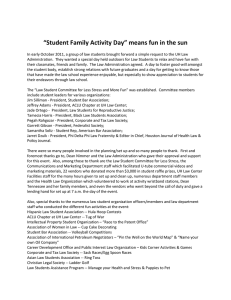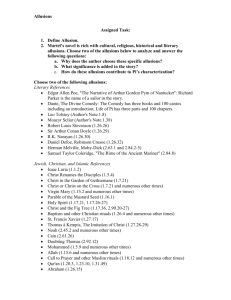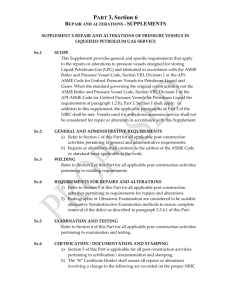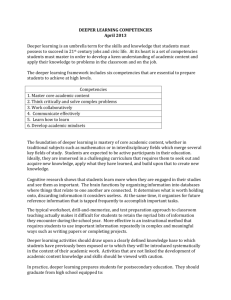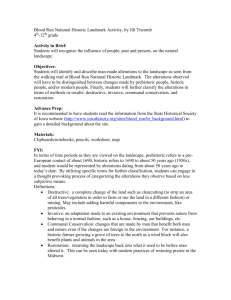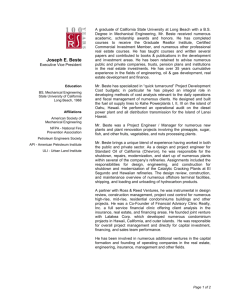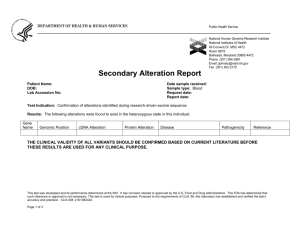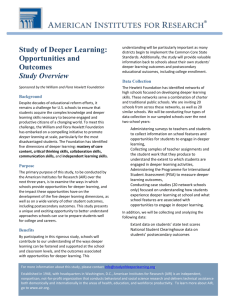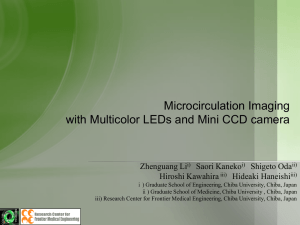Jornadas Nacionales de Dermofarmacia 2009
advertisement
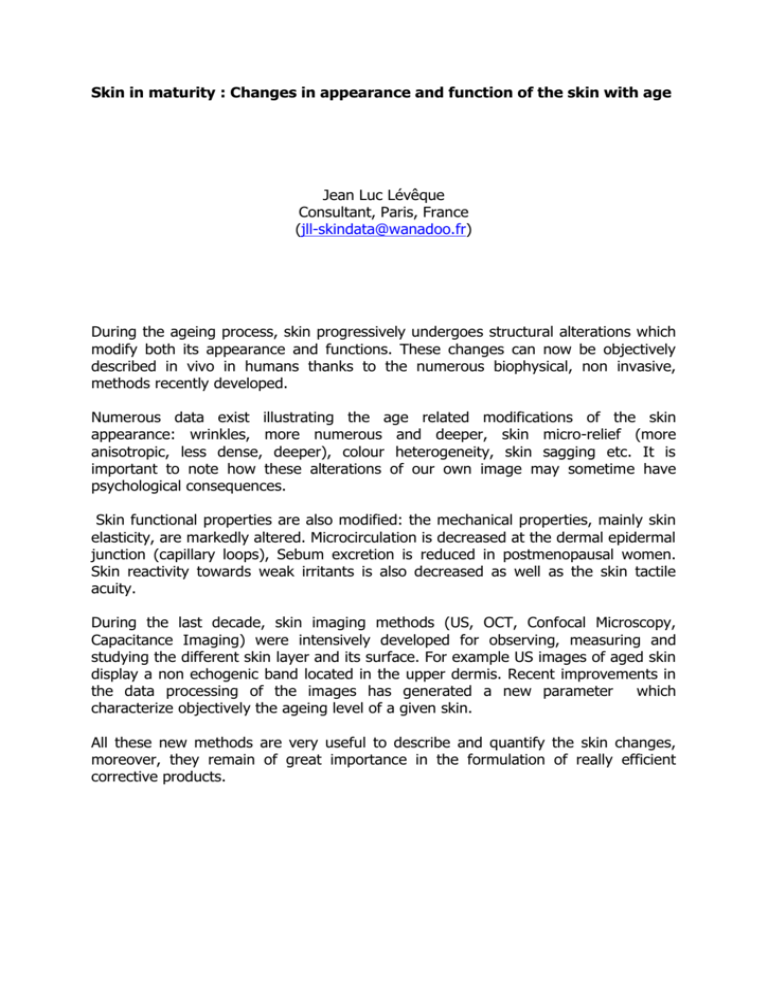
Skin in maturity : Changes in appearance and function of the skin with age Jean Luc Lévêque Consultant, Paris, France (jll-skindata@wanadoo.fr) During the ageing process, skin progressively undergoes structural alterations which modify both its appearance and functions. These changes can now be objectively described in vivo in humans thanks to the numerous biophysical, non invasive, methods recently developed. Numerous data exist illustrating the age related modifications of the skin appearance: wrinkles, more numerous and deeper, skin micro-relief (more anisotropic, less dense, deeper), colour heterogeneity, skin sagging etc. It is important to note how these alterations of our own image may sometime have psychological consequences. Skin functional properties are also modified: the mechanical properties, mainly skin elasticity, are markedly altered. Microcirculation is decreased at the dermal epidermal junction (capillary loops), Sebum excretion is reduced in postmenopausal women. Skin reactivity towards weak irritants is also decreased as well as the skin tactile acuity. During the last decade, skin imaging methods (US, OCT, Confocal Microscopy, Capacitance Imaging) were intensively developed for observing, measuring and studying the different skin layer and its surface. For example US images of aged skin display a non echogenic band located in the upper dermis. Recent improvements in the data processing of the images has generated a new parameter which characterize objectively the ageing level of a given skin. All these new methods are very useful to describe and quantify the skin changes, moreover, they remain of great importance in the formulation of really efficient corrective products.

